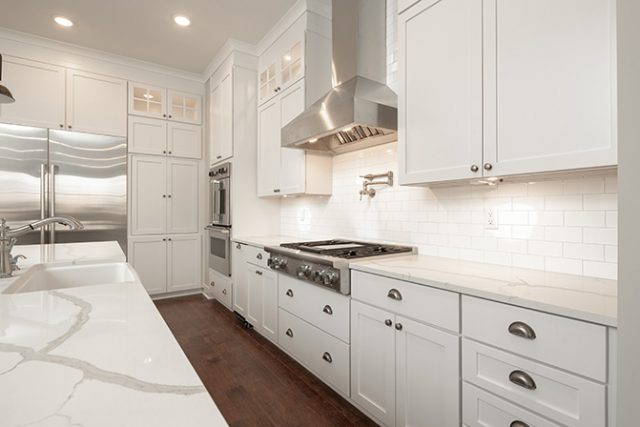Wood stoves are a popular and efficient way to heat homes, especially in areas where wood is plentiful and affordable. However, to ensure that your wood stove operates safely and effectively, it is crucial to have a properly installed and well-maintained chimney. In this article, we will discuss some essential tips for installing and maintaining a wood stove chimney to help you get the most out of your wood stove heating system.
1. Proper Installation
One of the most critical aspects of wood stove chimney maintenance is ensuring that it is installed correctly. A poorly installed chimney can lead to issues such as backdrafting, poor ventilation, and even chimney fires. It is highly recommended to have your wood stove chimney installed by a professional chimney sweep or installer who is experienced in working with wood stoves.
2. Choosing the Right Chimney Material
A wood stove chimney is essential for safely venting smoke and combustion gases outside, preventing indoor air pollution. It ensures proper draft, which is crucial for efficient stove operation and fuel combustion. Regular maintenance and proper installation are vital to prevent creosote buildup and reduce the risk of chimney fires. Stainless steel is often preferred for its durability and resistance to corrosion, while galvanized steel is a more budget-friendly option. Masonry chimneys, made of brick or stone, are a traditional and aesthetically pleasing choice, but they require regular maintenance to prevent cracks and leaks.
3. Proper Sizing and Height
The size and height of your wood stove chimney are crucial factors that can impact its performance. The chimney should be the correct size for your wood stove to ensure proper draft and ventilation. A chimney that is too small can lead to poor airflow, while a chimney that is too large can result in excessive cooling of the flue gases. Additionally, the height of the chimney plays a role in creating the necessary draft to pull smoke and gases out of the stove and away from your home.
4. Regular Cleaning and Inspection
Regular cleaning and inspection of your wood stove chimney are vital to ensure its safe and efficient operation. Creosote, a byproduct of wood burning, can build up inside the chimney and pose a fire hazard if not removed regularly. It is recommended to have your chimney cleaned at least once a year, or more frequently if you use your wood stove frequently. Additionally, a professional chimney sweep should inspect the chimney for any signs of damage or wear that may need repair.
5. Use Quality Fuel
The type of fuel you use in your wood stove can also impact the condition of your chimney. Burning wet or unseasoned wood can lead to increased creosote buildup in the chimney, as the moisture in the wood prevents it from burning efficiently. It is essential to use only well-seasoned firewood with a moisture content of around 20% for optimal wood stove performance and chimney health.
6. Install a Chimney Cap
A chimney cap is a simple yet effective addition to your wood stove chimney that can help prevent a variety of issues. A chimney cap can keep out rain, snow, debris, and animals that may enter the chimney and cause blockages or damage. Additionally, a chimney cap can help improve the draft by preventing downdrafts caused by wind or atmospheric conditions.
7. Monitor for Signs of Trouble
It is essential to monitor your wood stove chimney for any signs of trouble that may indicate a problem with its operation. Signs such as smoke entering the room, a strong odor of smoke, or excessive creosote buildup are red flags that should not be ignored. If you notice any of these issues, it is crucial to address them promptly to prevent potential safety hazards.
Conclusion
In conclusion, installing and maintaining a wood stove chimney requires careful attention to detail and regular upkeep to ensure the safety and efficiency of your wood stove heating system. By following the essential tips outlined in this article, you can enjoy the warmth and comfort of a wood stove while minimizing the risks associated with chimney fires and poor ventilation. Remember to consult with a professional chimney sweep or installer if you have any concerns about your wood stove chimney, and always prioritize safety when using a wood-burning appliance in your home.







